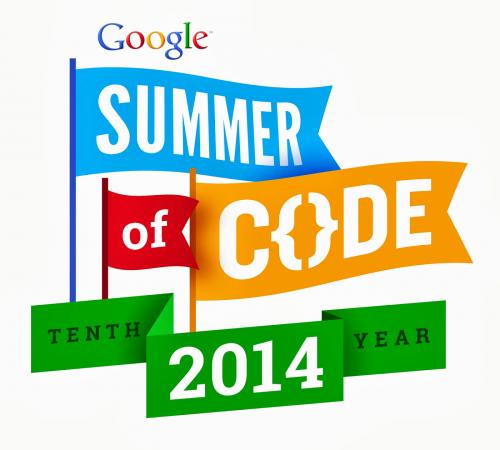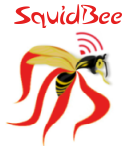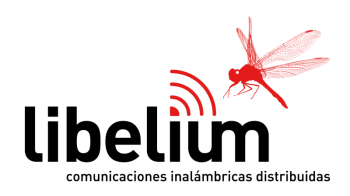Ramon Roca from Guifi.net talking to ARTE-TV.
Thanks to Elektra for the translation.
Gurb in Spain
1002 km to Brussels
Ramon: The NSA scandal almost makes us laugh I have founded Guifi.net so we can build broadband internet access ourselves.
Voiceover: Here in the middle of the catalan nowhere a digital revolution started 10 years ago.
Ramon and his neighbors have build their own broadband internet because the big commercial providers had no interest in providing access to the village and its vicinity. Today, Guifi.net is one of the greatest altenative networks in the world.
Ramon: I want to show you where the cables merge together. Right here. This rack is the equivalent of a telephone switchboard in a village. It is a bit dirty because this shag actually belongs to my garden. What it can do is impressing. I can’t say it precisely, but these are the routers of 5000 households.
Overdub: In a Freifunk-Network the participants are networking among each other and not via Internet providers. They can directly share data with each other, chat, write e-mails. A decentralized network that the users control themselves.
Thereby their data is secured from access by third parties. Meanwhile, the Internet-Guerilla are able to roll out their own fiberline network. Today, Ramons colleagues are working since 3 AM. We all know that the government operates slowly.
We can’t wait until laws are solving all our problems.
In our case this also comfortable for us: With regards to communication, we can do or not do whatever we like.




 Second step is not always necessary, depending of the calculations needed it may be better to make them in receiver computer to save nodes energy.
Second step is not always necessary, depending of the calculations needed it may be better to make them in receiver computer to save nodes energy.
